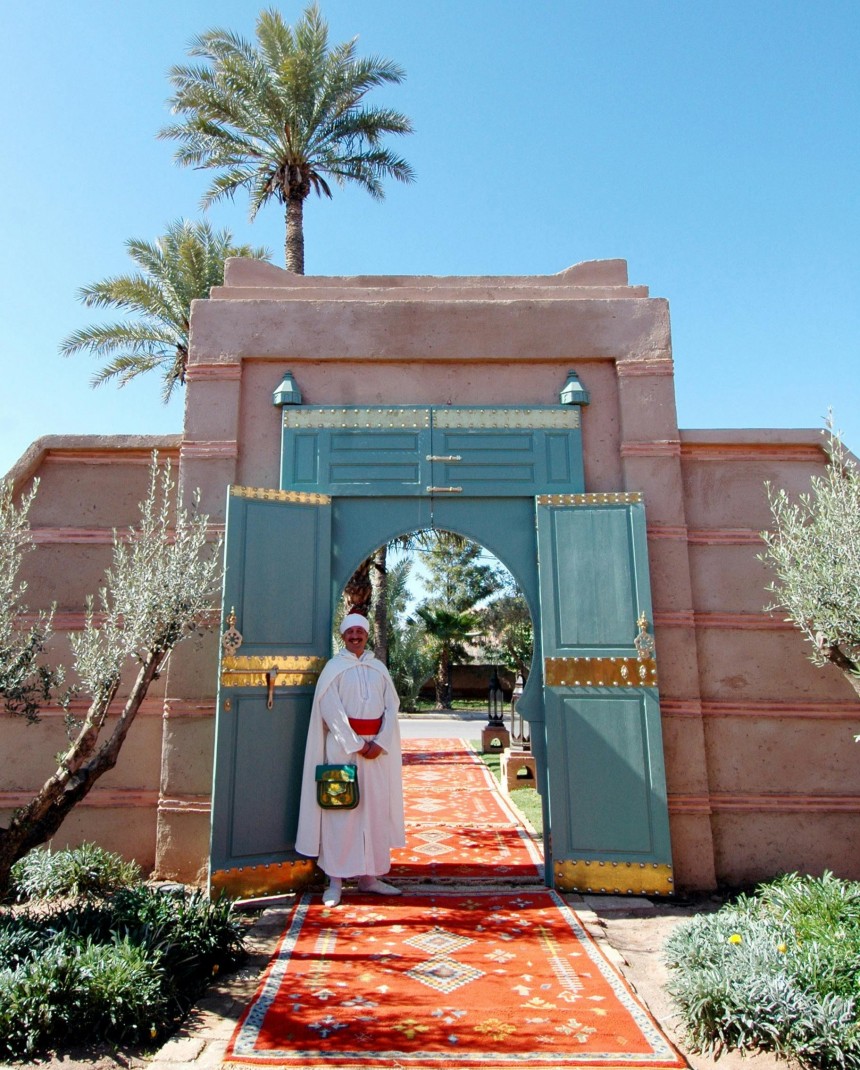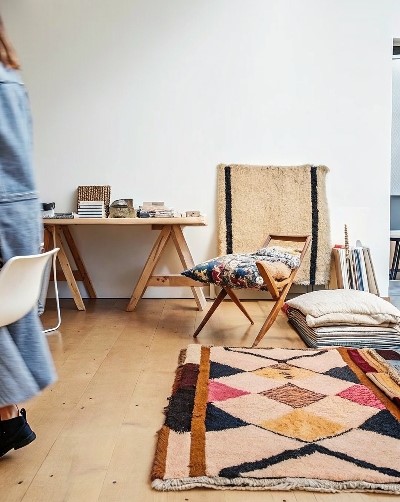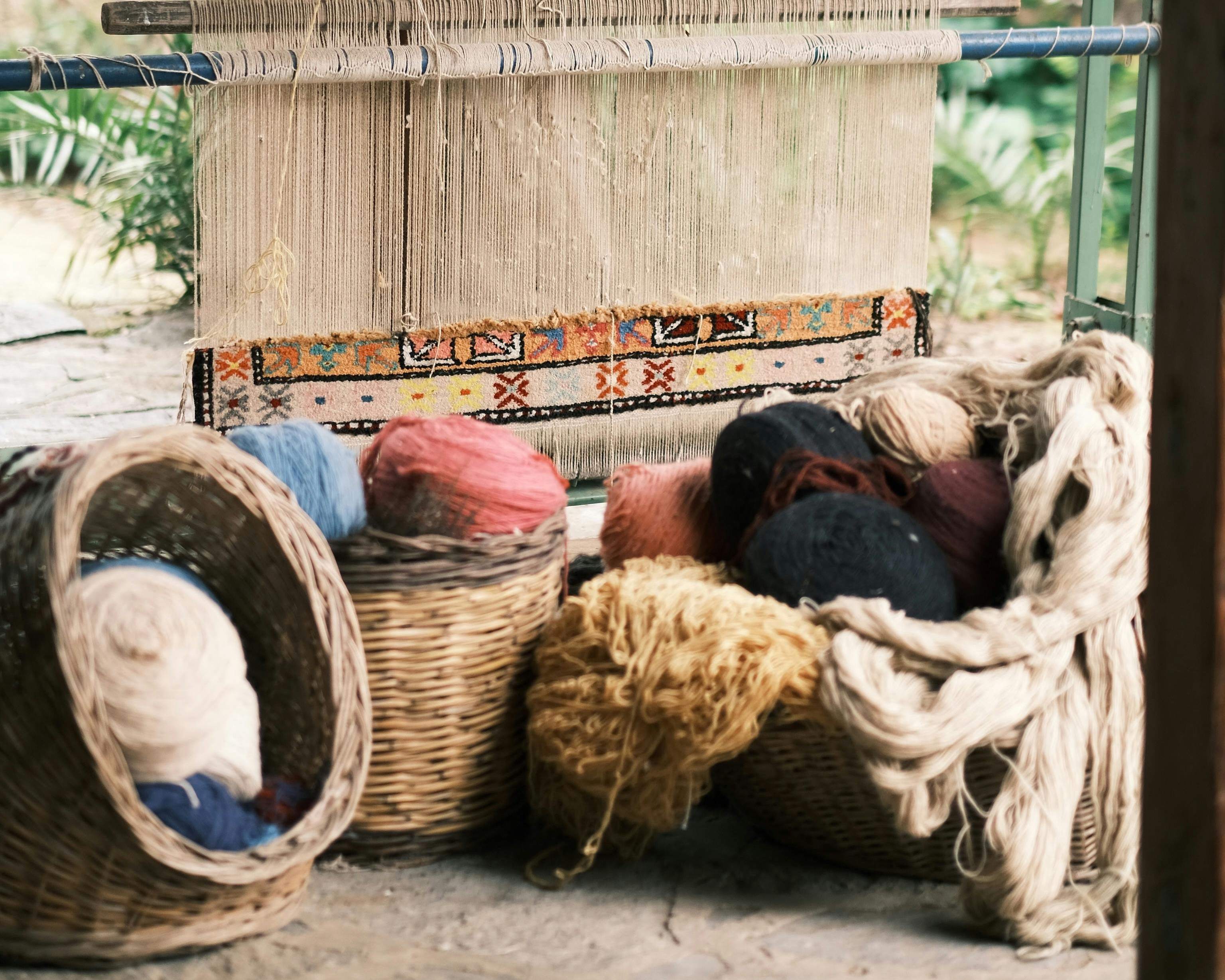
One of the most common misconceptions about Moroccan rugs is that they come in a limited number of styles. In reality, there are dozens, if not hundreds, of variations. With roughly 40 different Amazigh (Berber) tribes in Morocco, each tribe boasts its own distinctive rug style, and sometimes multiple styles are produced within the same tribe. You can see how quickly the diversity adds up!
A frequent sales tactic is to make a rug appear unique simply because it is labeled as a "Berber" rug. The truth is, all authentic Moroccan rugs are Berber rugs, crafted by the Berber people of Morocco. These rugs were originally designed for practical purposes and continue to serve those functions today. The styles vary significantly depending on the tribe's location; for instance, tribes in the cold High Atlas mountains have different needs than the nomadic tribes in the Sahara region, leading to distinct variations in their rug designs.
It would be difficult to include all of the different kinds of Moroccan rugs that exist, so we will highlight a few of the most common rug types.
The Crowned Jewel: Beni Ourain Rugs

These rugs are absolutely unique. There are several various forms, but one of the most distinctive is the three-dimensional rug. These are made using three separate weaving styles: flat weaving, knotting, and embroidery. This generates a raised pattern. Diamonds and triangles make up the majority of designs in this style.
They feature a variety of colors and resemble kilim rugs more than some of the heavier pile varieties. These Berber rugs are also known as Glaoui because of the place where they are made; they were originally owned by the famed pasha Thami Glaoui.
These are just a few of the different, and more popular styles of Moroccan rugs, showcasing the rich diversity and intricate craftsmanship typical of the region. There are dozens more with plenty of variations to discover, each offering unique patterns, textures, and stories that reflect the vibrant culture and artistic heritage of Morocco.







